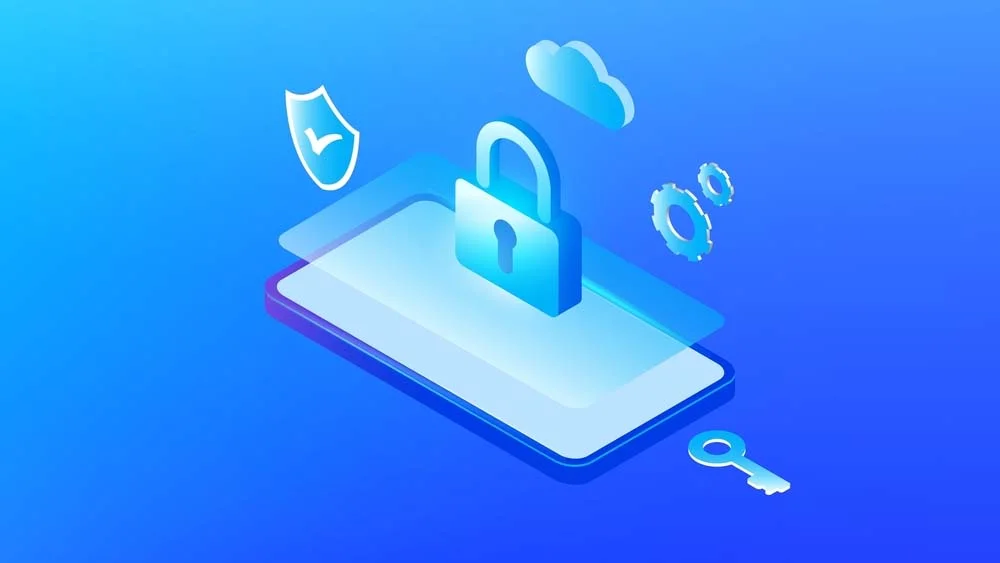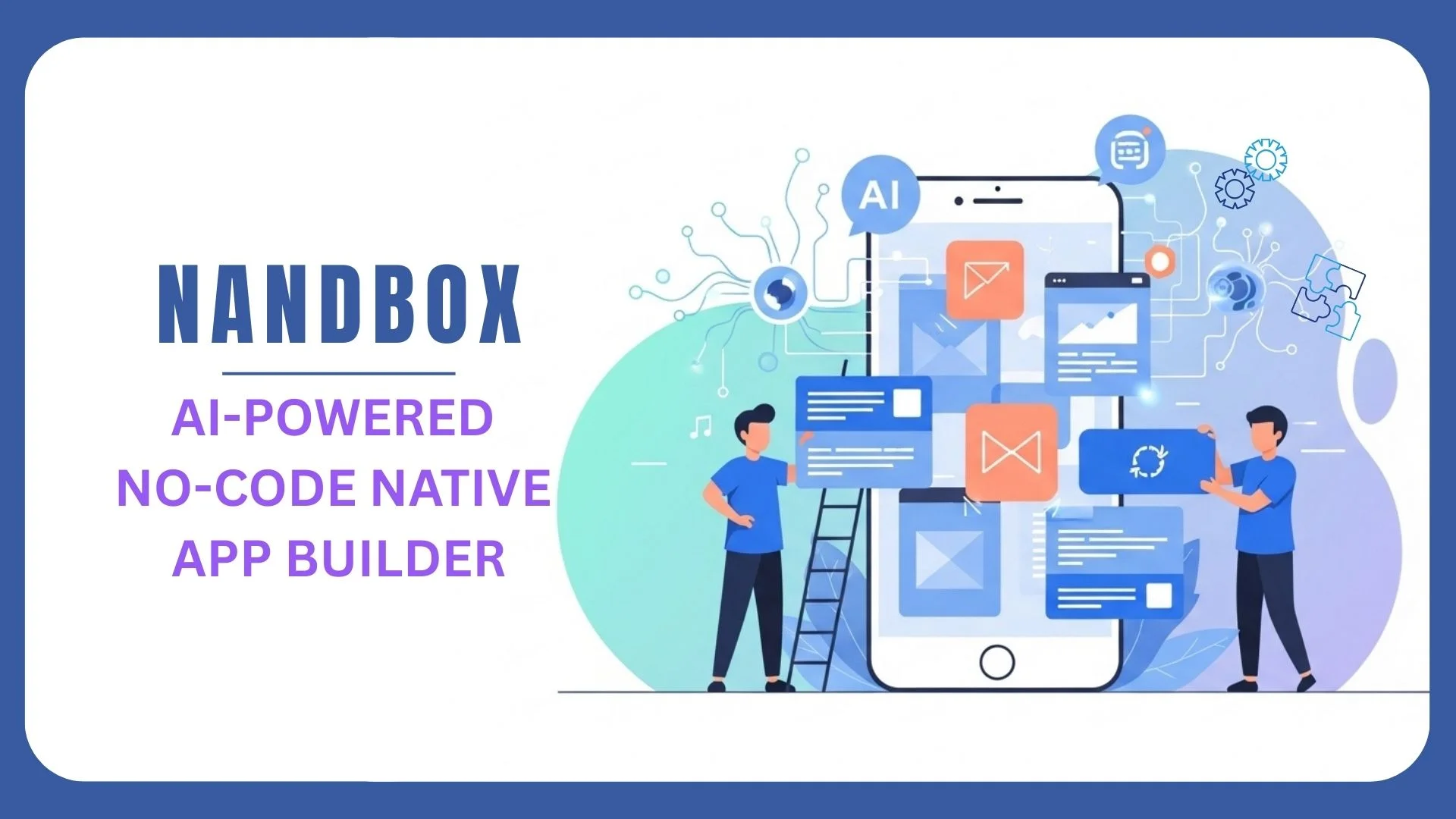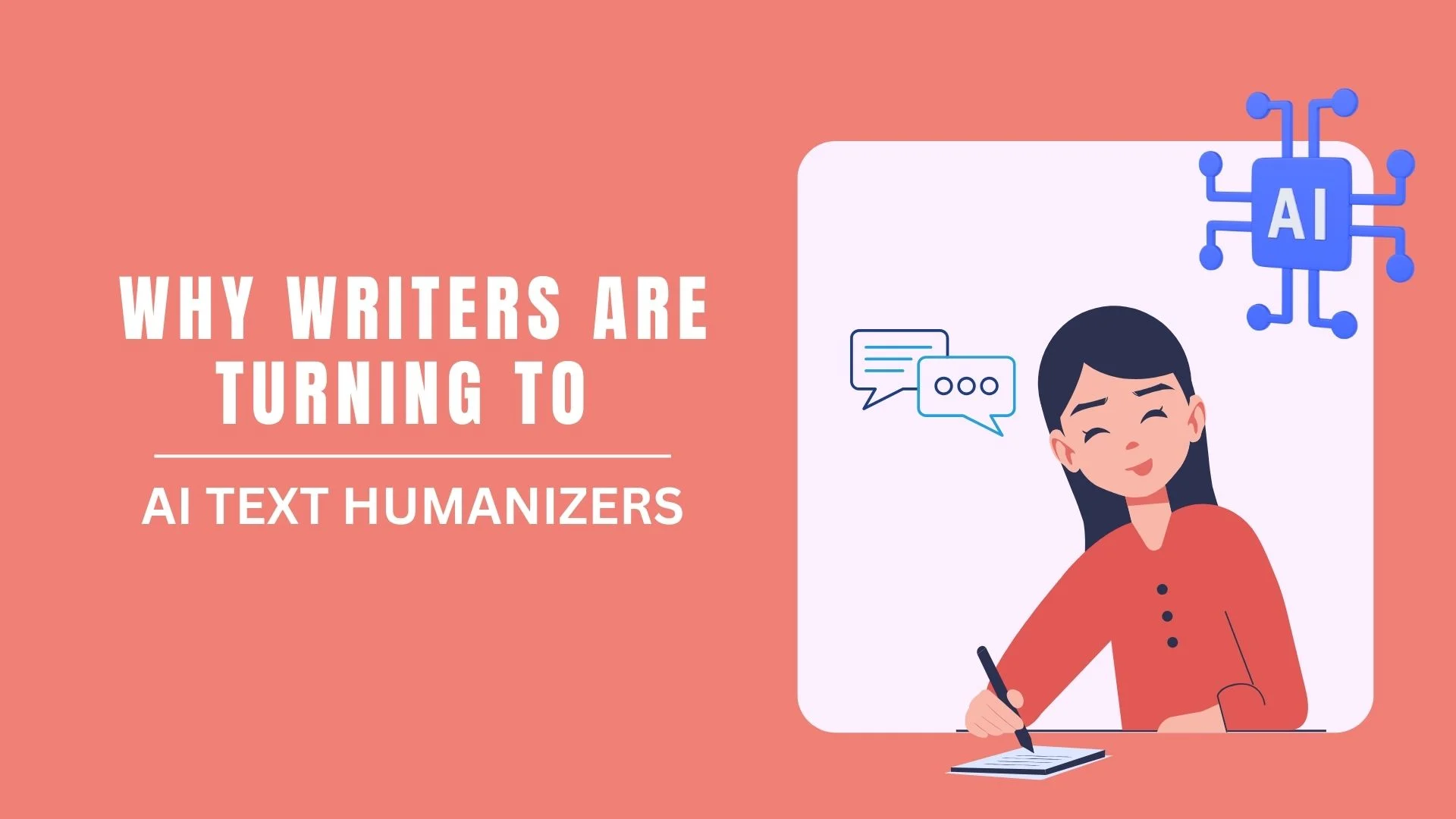Our personal data now exists across more websites, apps, and devices than ever before. While this connectivity enables convenience, it also means more vulnerability if that sensitive information gets compromised or misused. Just as we secure our physical possessions, establishing proper data privacy safeguards is now part of maintaining digital well-being too.
The Building Blocks of Data Privacy Management
Effective data privacy management involves coordinated policies, procedures, and technologies so organizations access, store, and share information lawfully, ethically, and securely. Main elements include:
- Data Governance – Rules determining internal data handling aligning with laws and values.
- Data Inventory – Cataloging types of data collected and used to assess compliance requirements
- Privacy Impact Assessments – Identifying risks from data processing like profiling, tracking, or surveillance.
- Data Security – Protecting systems and data backup processes against breaches by hacking, and ransomware.
- Breach Response – Protocols for quickly detecting, containing, and remediating unauthorized data exposures
- Awareness Training – Educating personnel on secure data handling and incident reporting responsibilities
- Vendor Management – Ensuring third-party IT systems meet necessary data privacy provisions through audits and contracts
- Data Subject Rights – Mechanisms allowing individuals to review, edit, or delete accessible personal data
Combined comprehensively, these pillars enable trust and safety for how data gets used internally and shared externally.
Why Data Privacy Matters: More Than Just Numbers and Codes
Mishandled personal details often catalyze serious repercussions:
- Identity Theft – Fraudsters can steal and exploit everything from names and birth dates to national identification numbers and biometrics to commit payment card fraud or other impersonation crimes.
- Financial Fraud – Sensitive information like bank accounts, card numbers, passwords, or answers to account security questions could lead to unauthorized transactions, credit damage, and asset loss.
- Discrimination – Details found in purchasing patterns, location histories, biometric screening results, and more increasingly inform predictive profiling. Derived assumptions often erroneously reinforce societal biases around opportunities like employment, financial services, and housing.
- Privacy Intrusions – Once private communications, activities, and behaviors inside homes risk exposure from unauthorized monitoring by networked devices and services ranging from smart speakers to facial recognition technologies.
- Reputational Harm – Manipulation or malicious leaking of sensitive photos, messages, or emails carries lasting personal consequences, including public shame, family turmoil, and professional setbacks.
While abstract as isolated statistics, behind every data breach lurk real people bearing burdens when personal information systems fail them.
The Legal Landscape: Your Rights and Protections
Various regulations now codify baseline requirements governing organizational data collection, storage, usage, and sharing to strengthen security and accountability. These include:
- General Data Protection Regulation (GDPR) – European digital privacy legislation setting new global standards for individual protections and controls. GDPR violations carry steep fines.
- California Consumer Privacy Act (CCPA) – The first US state law extending consumer data transparency rights, including access, deletion, and opting-out of sales. More states now follow this example.
- Health Insurance Portability and Accountability Act (HIPAA) – Landmark healthcare privacy rules safeguarding sensitive patient medical information and procedures performed.
While still evolving across jurisdictions, these frameworks affirm baseline data privacy as a protected civil liberty, enabling people greater autonomy regarding their digital identities.
Taking Control: How to Protect Your Data
Beyond legal measures, individuals play a pivotal role in securing personal data through smart practices:
- Review Privacy Policies – Better understand data usage when signing up for apps and services. Is it anonymous? Shared? Sold for marketing?
- Adjust Account Settings– Enable privacy-focused default configurations for permissions, location tracking, facial recognition, and targeted advertising.
- Self-Audit Sharing – Periodically check social media and other accounts to ensure you only broadcast appropriate personal details to intended audiences.
- Practice Password Hygiene – Create complex unique passcodes for every account while enabling two-factor authentication for adding login security layers.
- Identify Scams – Watch for “phishing” emails attempting to steal credentials by impersonating banks and companies. Confirm legitimacy directly before providing information.
- Update Devices/Software – Download the latest security patches fixing vulnerabilities that could allow hackers unauthorized backdoor system access.
- Try a VPN – Encrypting internet connections via virtual private networks blocks snooping on browsing activities, purchases, and communication.
- Leverage Privacy Tools – Browser plugins like Privacy Badger and DuckDuckGo help block invisible website trackers profiling online behaviors.
Exercising diligence around personal data usefulness is now essential given digital risks. But what about companies customers entrust with details?
The Role of Businesses: Beyond Compliance
While regulations set key data privacy baselines, truly purpose-driven organizations adopt ethical values guiding policies for building consumer trust and loyalty:
- Data Minimization – Collect only customer information necessary for delivering agreed-upon goods, services, and support.
- Transparency – Clearly communicate through concise privacy notices why certain data gets gathered and stored.
- Data Security – Prevent unauthorized internal or external access to sensitive systems through access controls, employee training, and leading technologies.
- Breach Notification – Alert authorities and impacted individuals as quickly as possible should exposure incidents occur to minimize potential damages.
- Consent Management– Record permissions documenting what customers explicitly allow regarding data usage like sharing, retention, and marketing communications.
Companies like PrivacyEngine offer software solutions to help businesses manage their data privacy obligations efficiently. Their data subjects rights logs feature, for instance, allows businesses to keep track of requests from individuals to access, correct, or delete their data, ensuring compliance with data protection regulations.
The Future of Data Privacy Management
Multiple emerging sociotechnical trends stand to shape next-generation data privacy landscapes:
- Artificial Intelligence (AI) – Will increasingly power-optimize, hyper-accurate automated decision systems but require adequate transparency and controls to prevent harm from biases. Regulatory focus on ethical AI principles rising globally.
- Blockchain Solutions – Distributed ledger technologies allow securely recording transactions and codifying permissions for sharing verified personal details without centralized intermediaries.
- Data Privacy as Competitive Advantage – Organizations progressing beyond minimal compliance view robust governance practices and data ethics as a core value attracting conscientious consumers.
- Global Standardization – Currently fragmented policymaking continues consolidating around common priority issues as universal data privacy definitions and individual rights crystallize across borders.
Much work remains to strengthen the alignment between regulations, organizational policies, and technical measures that empower people to control access appropriate for their personal data in context. But promising possibilities lie ahead by upholding data privacy as a keystone for responsible innovation and improving life. Understanding the differences between a data lake and a data warehouse is crucial for making informed decisions about your data management strategy. While data lakes offer flexibility and scalability for handling vast amounts of unstructured data, data warehouses provide structure and efficiency for querying and analyzing structured data.





